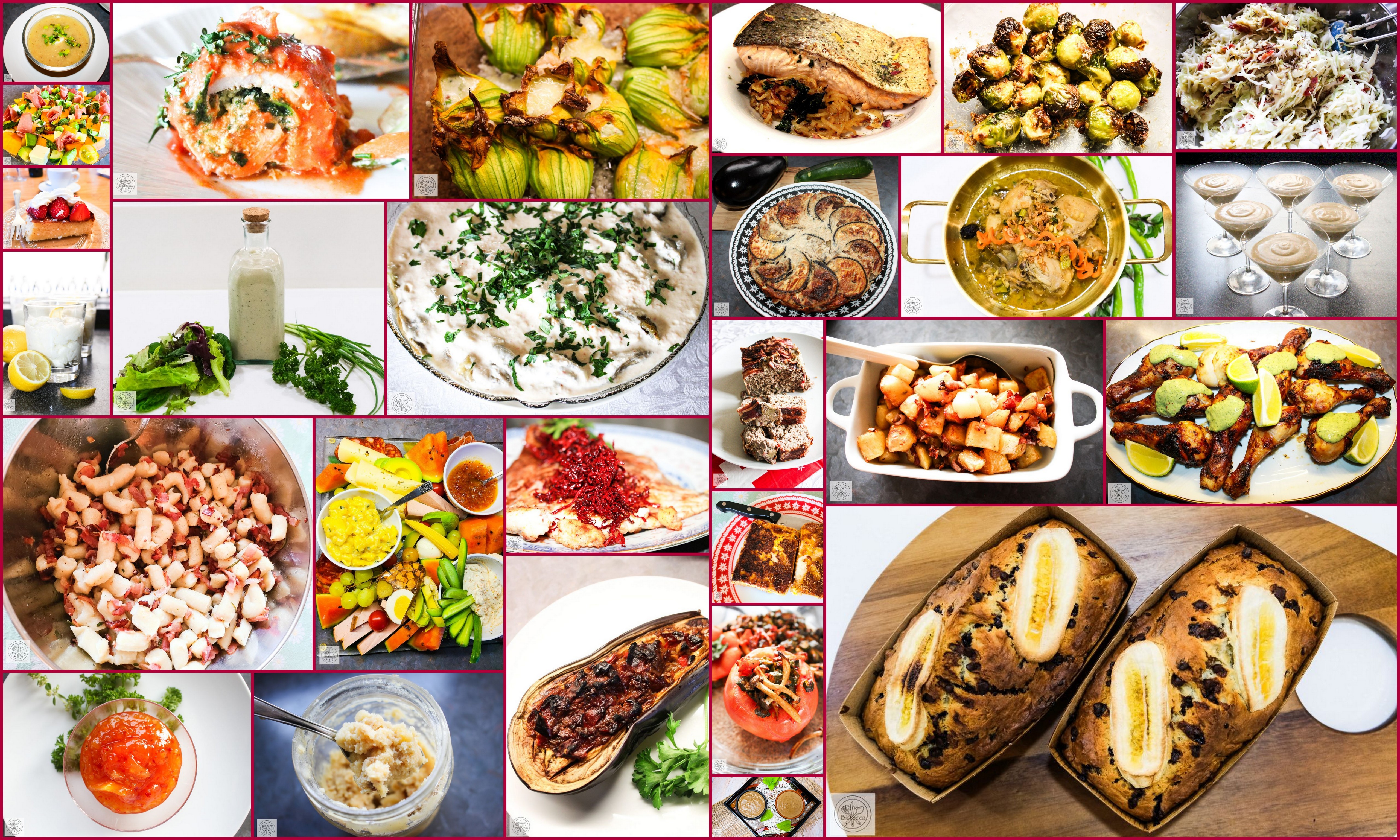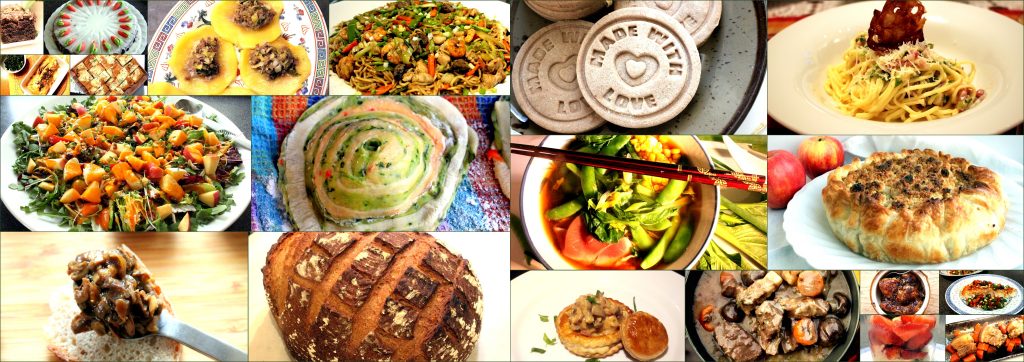Living with coeliac disease! (gluten intolerance)
What is coeliac disease? As mentioned earlier, if you are suddenly confronted with a food allergy, it is not quite so easy. With gluten allergies in particular, this means that you can no longer eat any baked goods, breads, pasta, snacks etc.. This also means that you can’t quickly buy a meal over the counter or order the menu of the day in a restaurant, as sauces and marinades often contain traces of gluten. You notice it a day later when you have horrible stomach cramps! Some also react with skin rashes, some vomit, or even worse, there are severe reactions with swelling and breathlessness!
Gluten-free products are more expensive than normal products, so you are penalized again for having health problems. And above all, they are not available everywhere. In Switzerland, at least in the big cities, there are already some products available in supermarkets, which is a relief.
Gluten-free products contain more fat, because where there is no gluten, a binding element must be added. The simplest is fat. So, diet good-bye! As you can see, it’s not easy!
But to ensure that my family members can eat normally at my table, I follow very strict basic rules!

Basic Rules!
- Do not use gluten-free products on the same baking mat as wheat flour!
- Products that you want to use must be carefully tested for gluten. The label often says, “may contain gluten”. I no longer buy such products!
- Many ready-made products have wheat flour as a binding agent because it is the cheapest solution.
- Soy sauce contains gluten, but you can also buy gluten-free soy. The same applies to bouillon/broth, ready-made sauces etc. Please read the labels!
- Potato or corn starch is used to thicken sauces. Never use wheat flour!
- It is best to make your own marinades, but do not use beer or whiskey as these contain gluten.
- Work surfaces must be absolutely clean, especially if you have previously worked with wheat flour. It is best to have a specific work area just for gluten-free baking.
- Baking trays and tins must be kept absolutely clean!
- It is better to cook gluten-free for the whole family than to contaminate the food by making a mistake while cooking.

What is coeliac disease?
Zoeliac disease is an intestinal disease that inflames the intestines. An immune reaction to the gluten protein can cause severe diarrhea and abdominal cramps. The only treatment so far is to stop eating gluten-containing foods for the rest of your life. Patients with coeliac disease who have had the disease for a long time have an increased risk of certain cancers in the gastrointestinal tract. In addition, the inflammation in the intestine can lead to serious deficiencies in vitamins, trace elements and other nutrients. The right person to contact if you suspect gluten intolerance is an internal medicine specialist who specializes in diseases of the digestive tract.
- Here I post a list of gluten and wheat-free flours:
- Amaranth Flour
- Amaranth flour is made from the seeds of the amaranth plant. This plant is a leafy plant with reddish flowers. The flour is very high in protein. It is suitable for bread mixes.
- Arrowhead (Starch)
- The flour is obtained from the root. It is particularly suitable for thickening sauces.
- Rice Flour
- Brown rice flour is heavier than white rice flour. Both are often used in Asian cuisine in particular. Noodles and spring roll sheets are usually made from rice flour. It tastes slightly nutty. (White rice flour has hardly any nutritional value)
- Buckwheat
- Buckwheat is not a type of wheat! It is more closely related to rhubarb. The seeds of the plant are ground. It is never used on its own, but must be mixed, as it tastes too strong and can also be somewhat bitter.
- Garbanzo/Chickpea Flour
- The chickpeas are dried and ground. The flour is often used in Indian cuisine.
- Corn Flour
- Finely ground, it can be used for pastries. This flour should also be mixed with other flours, as it is very heavy. In Italy, it is also used for polenta. Corn starch is obtained from the husks of the corn plant.
- Millet
- Millet comes from the sweet grass family. It is often used as a cereal or as an ingredient in soups. It can be mixed with other flours.
- Potato Flour (Starch)
- It is a highly water-binding starch flour made from floury potatoes. It is used for baking and for thickening sauces and soups.
- Quinoa
- Quinoa, also known as Inca rice, comes from South America. The leaves can be eaten as a vegetable and the grains as flour. It tastes very “veggie”.
- Sorghum
- Also a member of the sweet grass family. It is the bread grain in Africa. It is more commonly used for muesli and porridge.
- Soy Flour
- This flour is high in protein and tastes slightly nutty, but can also taste bitter. Unfortunately, it cannot be kept for long because it quickly tastes rancid.
- Tapioca (Starch)
- The flour is obtained from the root of the cassava plant. It binds sauces (manioc starch). It is used in desserts and especially for pancakes.
You find gluten-free recipes here!
Most meat and vegetable recipes are also gluten-free! Please note that you should not use ready-made spice mixes to season the meat!




![Validate my RSS feed [Valid RSS]](https://pane-bistecca.com/wp-content/uploads/2024/05/valid-rss-rogers.png)